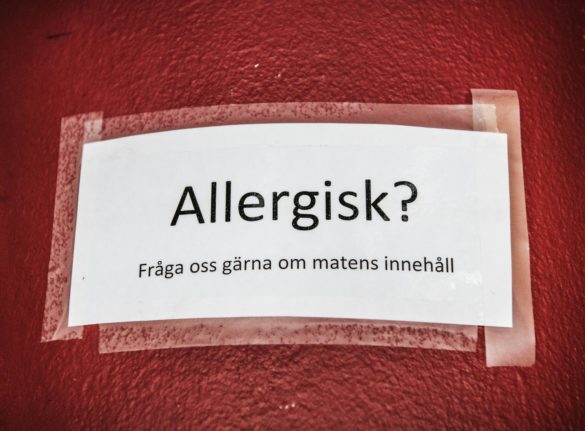Announced in a letter from DZ board chairman Lars Hilla to consumer watchdog group Foodwatch, the bank said that it would no longer be predicting the prices of, for example, corn, soy or wheat – known as commodity speculation.
Commerzbank and Sparkasse’s Dekabank stopped doing so recently, and critics have long been calling for other banks to follow suit.
Foodwatch and Oxfam have both blamed commodity trading for pushing up food prices and exacerbating famine in poorer countries, Reuters news agency reported. Those in favour say that it helps secure prices.
The move was welcomed by the country’s agriculture minister Ilse Aigner, who has in the past expressed concern that investing in food pushes up prices. “The decision is welcome and sets a clear signal,” a spokesman from her ministry told Der Spiegel magazine.
There must be, he said, a clear division between “responsible investments that help in the fight against hunger, and transactions that can intensify price fluctuations.”
Aigner’s criticism could, Der Spiegel said, be directed at Deutsche Bank, as Germany’s largest private bank has refused to drop commodity speculation, saying there was no proof that it pushed up food prices.
Deutsche Bank’s joint-CEO Jürgen Fitschen even said in January that it did the opposite, helping to end hunger by intelligently steering capital into the the commodities area.
There must be, he said, a clear division between “responsible investments that help in the fight against hunger, and transactions that can intensify price fluctuations.”
DPA/The Local/jcw



 Please whitelist us to continue reading.
Please whitelist us to continue reading.
Member comments